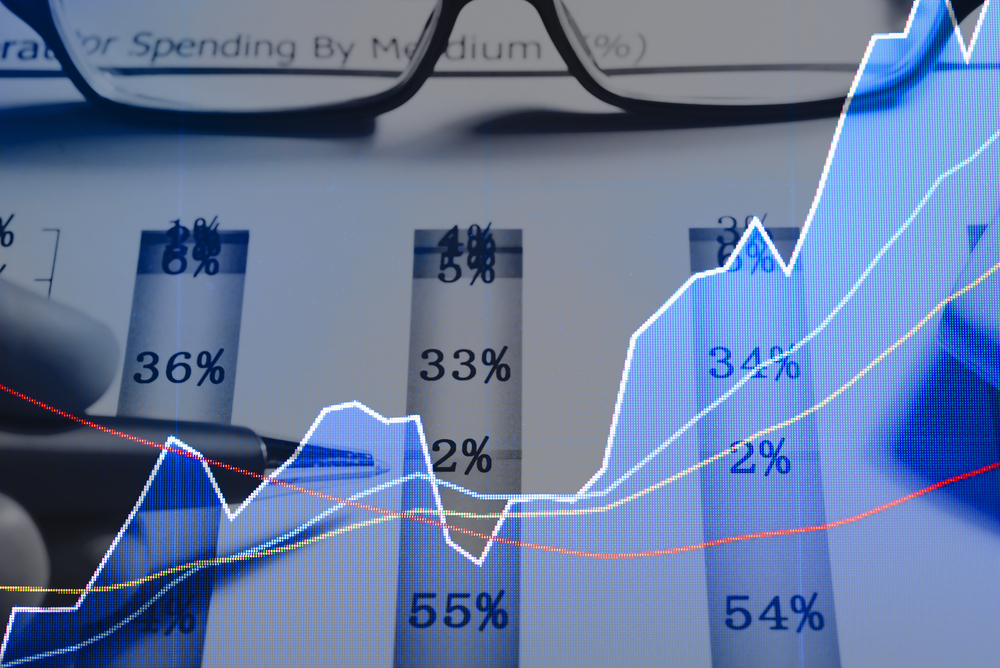Apophenia is regarded as our universal human tendency to seek patterns in random information. In short; we appear to have a predisposition to identify patterns that don’t exist. Naturally the connection between this tendency and forex trading is obvious and the patterns may be graphical, they may be numerical, or a combination of both.
In statistics and machine learning, which absolutely relates to our trading, apophenia is an example of what’s known as overfitting, we could also class it as curve-fitting. Overfitting occurs when a statistical model fits the surrounding noise, as opposed to the signal. The model overfits the particular data or observations rather than fitting an identifiable pattern over, for example, a specific measurable period of time. Curve fitting is when we’ll adjust our data to fit the result we may require. An example of this would be adjusting the time frame on a FX pair until it (retrospectively) fits the trading strategy we’ve settled on; it doesn’t work on the one hour time frame, but magically it works perfectly on the five minute frame, until it doesn’t…
Patterns relevant to our trading strategy
We’re not intending to encourage introspection in this article, or to send our readers off into an existential journey on the meaning of life, before they can feel comfortable taking another position in a decentralised market they can’t see, or touch. It’s our intention to simply point out that we appear to be programmed to find patterns where none exist.
Collectively as traders we tend to be optimists, let’s be honest, if we weren’t then we wouldn’t trade. Although we trade to profit, we also trade because of: the challenge it represents, the creativity it allows and the intellectual curiosity it provides. Seeing patterns that don’t exist in trading is probably the preserve of the optimist, rather than someone displaying the first signs of psychosis.
There’s also one critical difference with Apophenia in relation to trading; our patterns do exist, we can clearly see them, it’s our interpretation that may be at fault. We can retrospectively see trends, we can identify clear turning points in sentiment on our charts and on various time frames, the identification of the pattern is not the issue, it’s their use to make profit that is the challenge.
Traders at any level; novice, intermediate or experienced, can all testify as to how applying patterns in random price movement has led them astray and caused losses, to the point were you’d question the validity of using any technical analysis indicators for trading forex or any other financial securities.
So how can we ensure we’re not experiencing apophenia, that our patterns are relevant to trading and our strategy involving technical analysis will potentially deliver results? The answer is we can’t, we know there’s no guarantees in trading. If there was undeniable proof that current or past patterns would result in positive returns, then trading wouldn’t represent a challenge, it’d be a one way profitable bet. The key issue is to continue identifying the patterns, but to understand what they represent; for the most part they represent the random movement of price in relation to the key fundamental calendar events or outliers.





